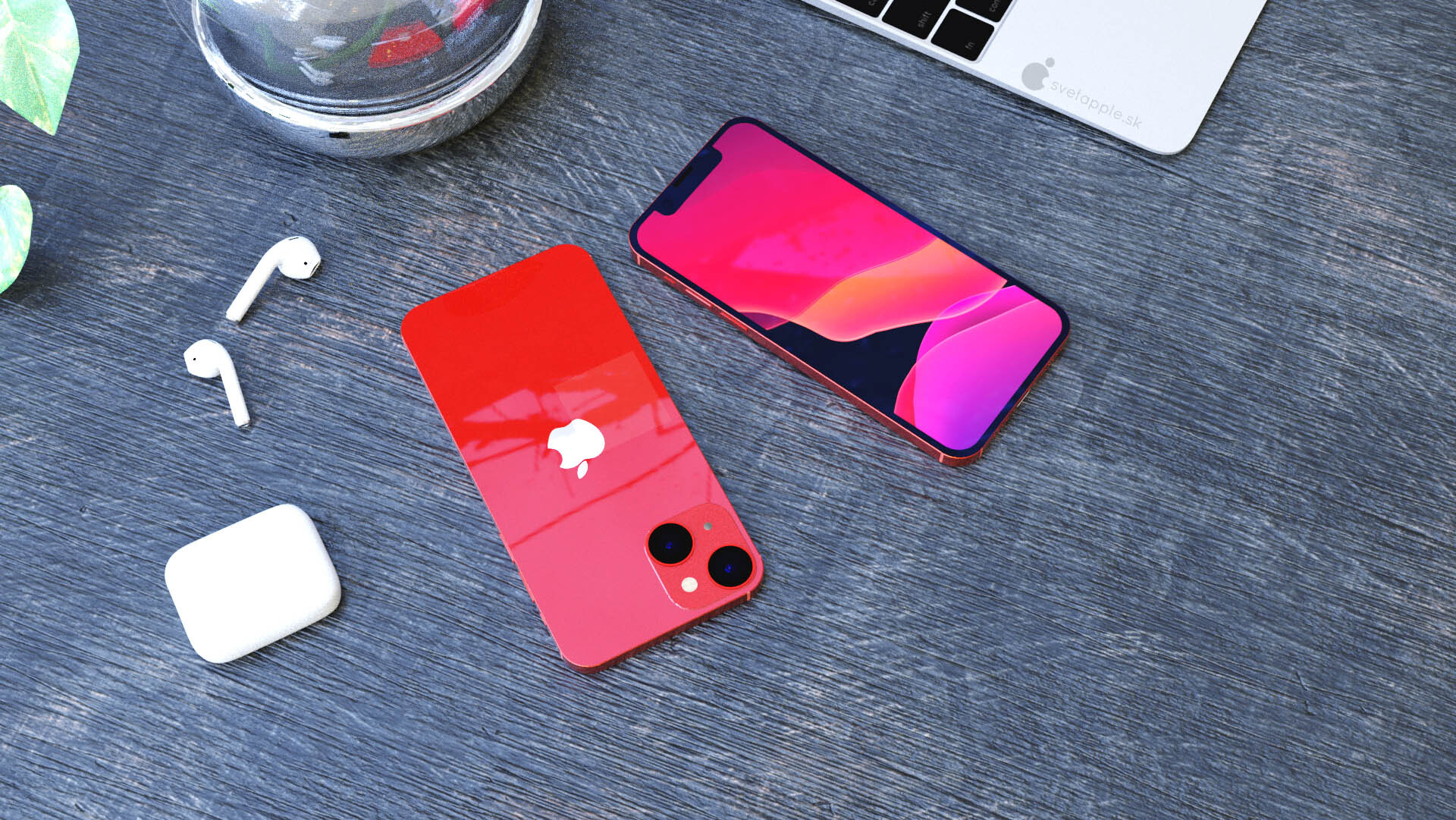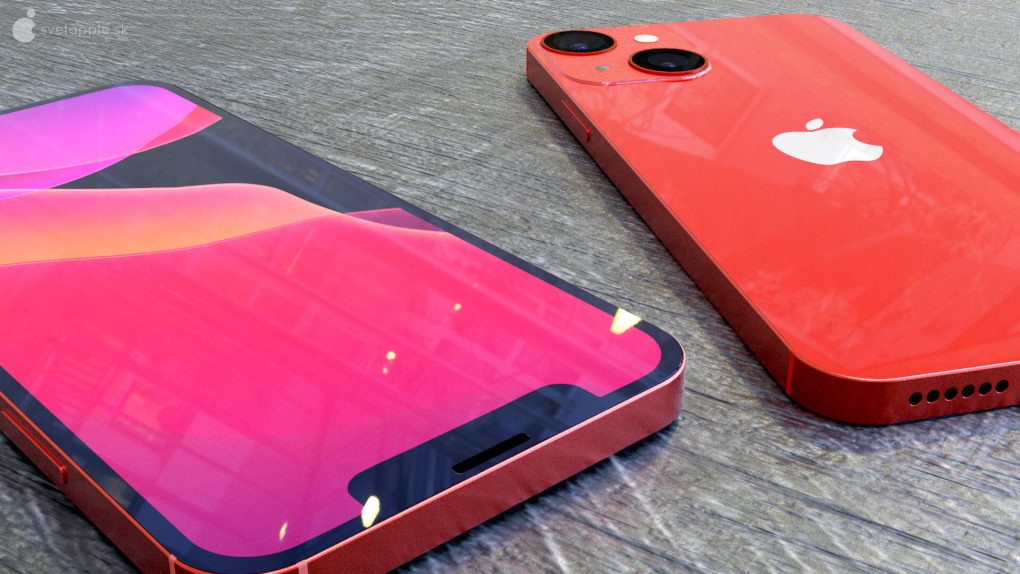When it comes to iPhone 13 leaks, the floodgates have opened in recent weeks. A flurry of leaked schematics, photos of parts, and analyst predictions have descended upon the internet, and the iPhone 13 lineup is starting to take shape. This week specifically has been a very busy one, with purported renders of the iPhone 13 showing an interesting revision to the camera array on the models with two cameras. Rather than stacking the lenses on top of one another, Apple will apparently place them diagonally on the camera bump this generation.
From a practical standpoint, this won’t actually change the way that anyone uses an iPhone, but the more significant design change is found on the front panel, where Apple is expected to decrease the size of the notch for the first time since its introduction on the iPhone X in 2017. Based on a recent leak, the iPhone 13 notch could be 30% smaller in width and just a hair taller. So what will all of these changes look like on an actual iPhone?
This week, Slovakian blog SvetApple shared 3D renders of the iPhone 13 mini that take into account all of the latest leaks and rumors that have been floating around online. Despite the lackluster sales for the iPhone 12 mini, Apple is expected to keep the 5.4-inch phone model around for at least one more generation, and providing everything we’ve heard about the new phones is true, this might be what it looks like when it launches this fall:

The most obvious alteration is the arrangement of the rear cameras, which have been placed in the top-left and bottom-right corners of the camera bump. In addition to refreshing the look of the phone for customers who want to upgrade to something that looks different than the phone they already own, some sources have suggested that this could also be a sign that Apple plans to bring sensor-shift optical image stabilization to the smaller, cheaper iPhone 13 models. Sensor-shift OIS was only available on the iPhone 12 Pro Max in 2020.
It might be hard to tell at first glance, but the notch in the 3D renders is also smaller than the one found on modern iPhone models. The earpiece speaker has been absorbed into the top bezel, which will allow Apple to squeeze the selfie camera and the sensors that make Face ID work into a smaller cutout. Plenty of Apple fans don’t mind the notch, but the goal is clearly to get to the point where an all-screen display is possible.
Apple has announced that its first event of 2021 will take place on April 20th, but we’re going to have to wait until the fall to see the iPhone 13 lineup. We’ll see how closely it matches up with these renders.








